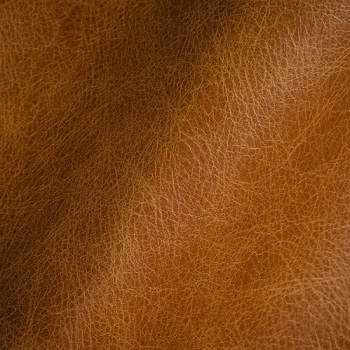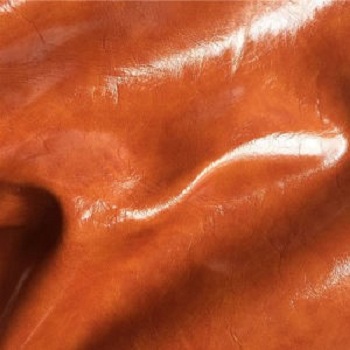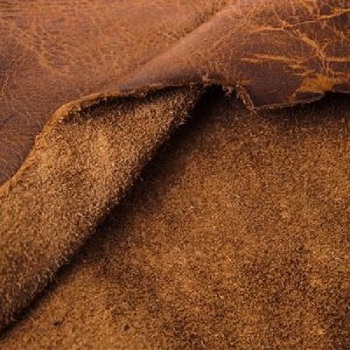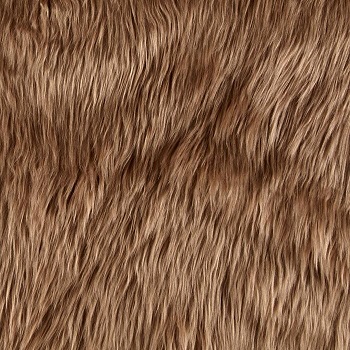12th Dec 2018
Types of Leather and their Care
Smooth leather sheep-skin or cow-skin

Cow skin leather is rough and durable but can be broken in. It is thicker, stronger and less likely to tear or rip. Cowhide is easy to care for and resistant to water and dirt.
This makes cowhide a good choice for purses, bags, boots and outerwear. Overtime, cowhide will conform to the shape of the wearer’s body so the more you wear it, the more comfortable it becomes. As a byproduct of the beef industry, it is also available in many pre-dyed colors and at affordable prices. This is also excellent leather for home furnishings because of the heavy use you would expect couches, cushions and chairs to receive.
Sheepskin is smoother, softer and also weighs less and some people find it much more comfortable for garments because of these traits. The Indiana Jones leather jacket was crafted from lambskin because the actor Harrison Ford did not want to wear a heavy jacket everyday on the set
Care tips:
-
Apply before wearing a waterproofing spray and repeat this operation on dry
clothing every six months or after taking a heavy rain.
- Clean it with our cleaning milk in a homogeneous way using a soft cloth then
make it shine.
- For the dirtiest places like the collar or sleeves, use a stain
remover.
Oily leather

Oily leather is particularly robust leather. It is, because of its properties, often used for work shoes, walking, hiking or mountain. In short, it is particularly suitable for difficult conditions of use. For the manufacture of oily leather, a mixture of tallow and marine animal oils (especially cod oil) is generally used. It is complicated (not to say impossible) to know the exact content of the emulsions used and their order of application. The oily leather is often dull (some followers of shiny leathers will go so far as to say dull). But this is not a sufficient criterion: vegetable tanned leather can also be dull. It's soft and your finger can leave a slight trace like suede leather. If it is very greasy leather you may also feel a slightly damp surface because of the oil. In this case, by pushing lightly with your nail you will be able to note that the "fat shifts" on the surface of the skin.
Care Tips:
-
Apply before wearing, a waterproofing spray and repeat this operation on dry
clothing every six months or after taking a heavy rain.
- Clean it with a nubuck brush on dry clothing.
- Never use greasy products or milk.
Suede Leather

This denomination "suede leather", or "suede" , includes two types of leathers, similar in appearance but with very different manufacturing processes: the nubuck and the velvet calf (also sometimes called velvet leather). The nubuck comes from the outer face of the skin, which is then abraded, while the velvet calf comes from the inside of the skin (this is why we also speak of "returned leather"), which can also be abraded, or simply brushed.
Suede is obtained from the inside of leather, usually cow, but there are some based on suede (hence its name even when it does not come from this animal). As suede is made only of the inner layer of the skin, it is less solid but softer than the classic leather. Its flexibility characteristics make it a material of choice for clothing and sensitive uses. Suede was originally used for women's gloves but is also popular in upholstery, shoes, bags and other accessories. It is also used in leather product liners.
Care Tips:
- Apply before wearing our waterproofing
spray and repeat this operation on dry clothing every six months or after
taking a heavy rain.
- If you have taken the rain: let it dry away from a source of heat, brush the
rain stains with our suede brush and apply our waterproofing bomb
- If you made a stain of fat: apply talcum powder, leave on for several minutes
and rub with a suede brush or foam epaulette.
Fur

The fur is the skin of animals, trimmed his hair or, more rarely, down or feathers . This word also refers to the material obtained by processing by humans, for use as garment, trim or decorative accessory. The furs traded come mostly from wild or farmed mammals, and have been treated for flexibility and preservation, 1 but the term "synthetic fur" is also used to describe imitation 'oil industry.
Used by men since prehistory, before the invention of any textile, as protection against cold and bad weather, as a sign of prestige or luxury item, it has been sought after in many variations in fashion.
Care Tips:
- Do not apply
waterproofing agent;
- If you have taken the rain: shake the fur to remove the water, put it on a
hanger and dry it away from a heat source. When the garment is dry: shake
it and brush it.
- During the summer: put the garment on a hanger in a cotton cover and hang it
in a cool place, protected from the light with anti-moth.
